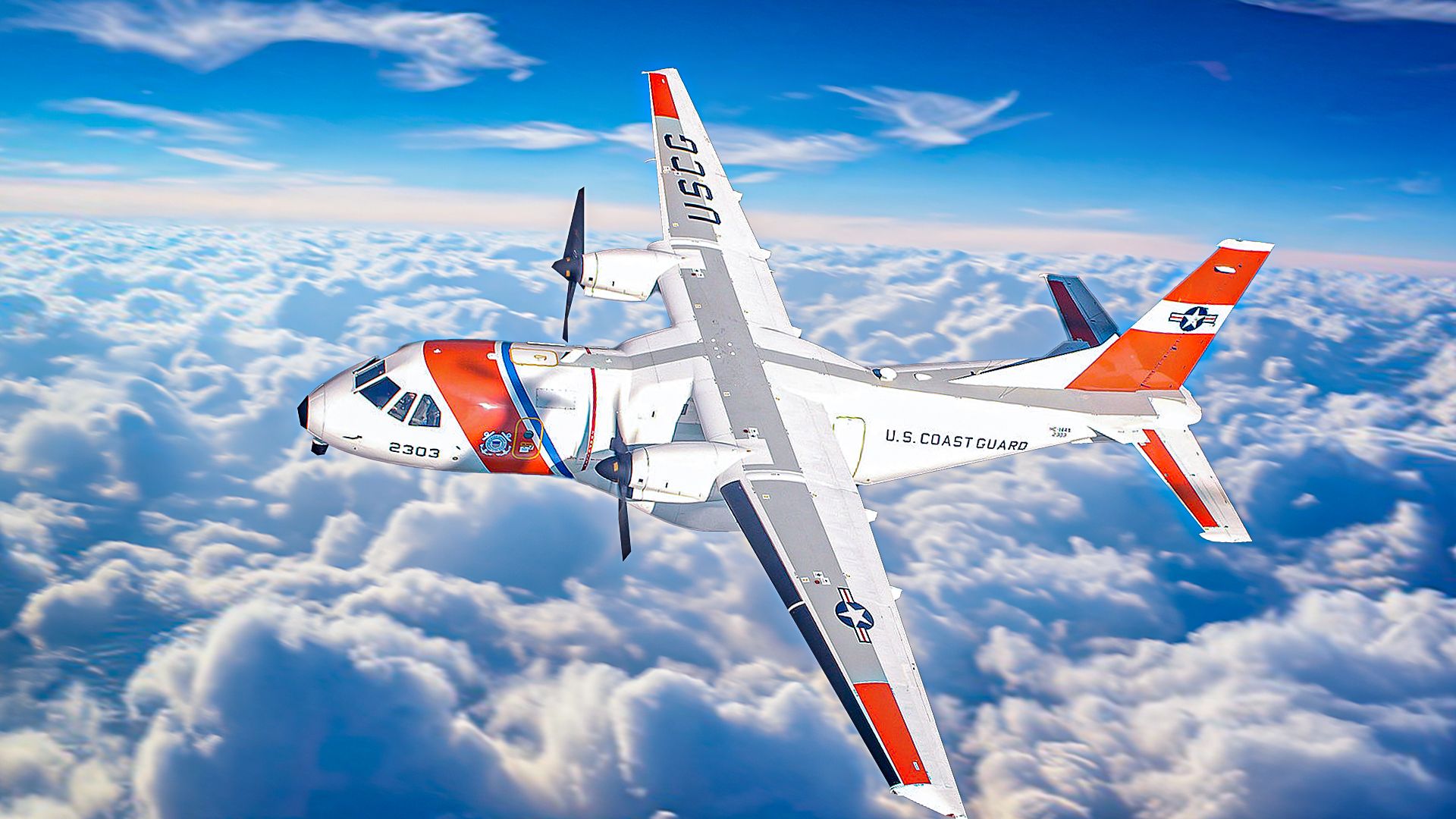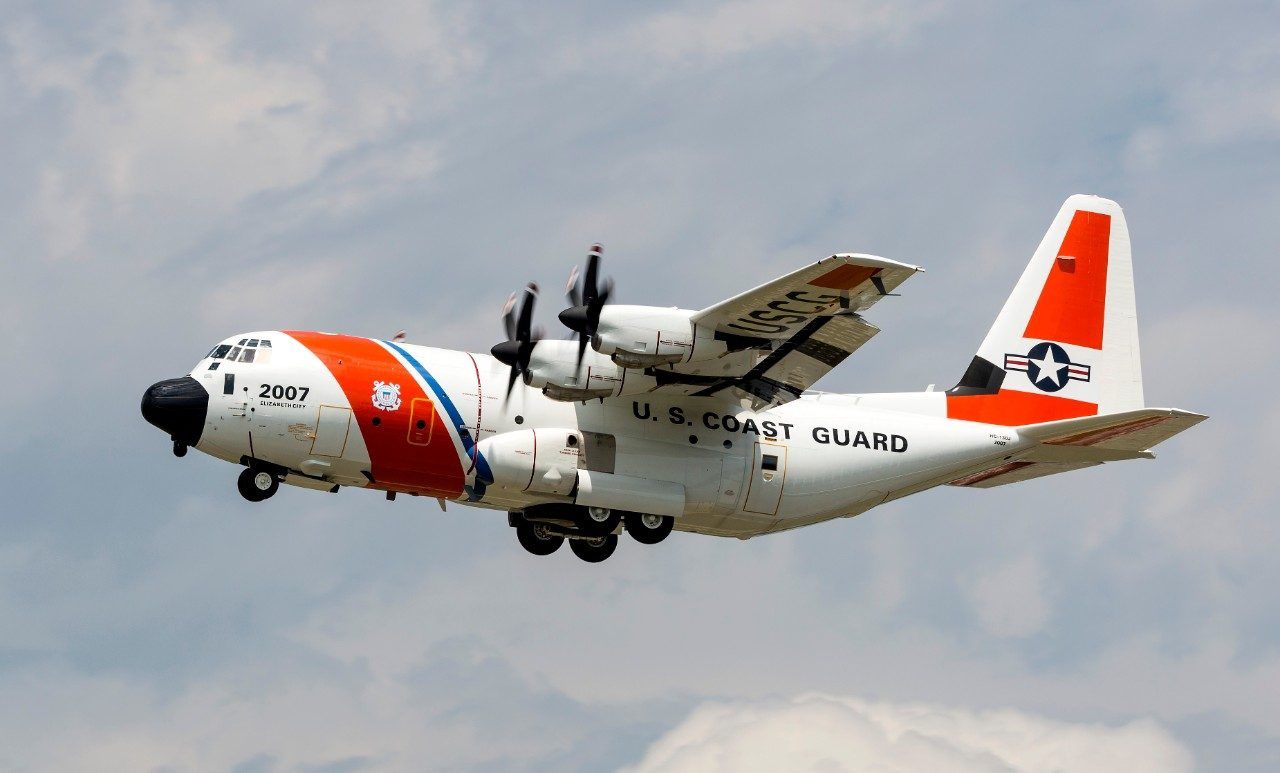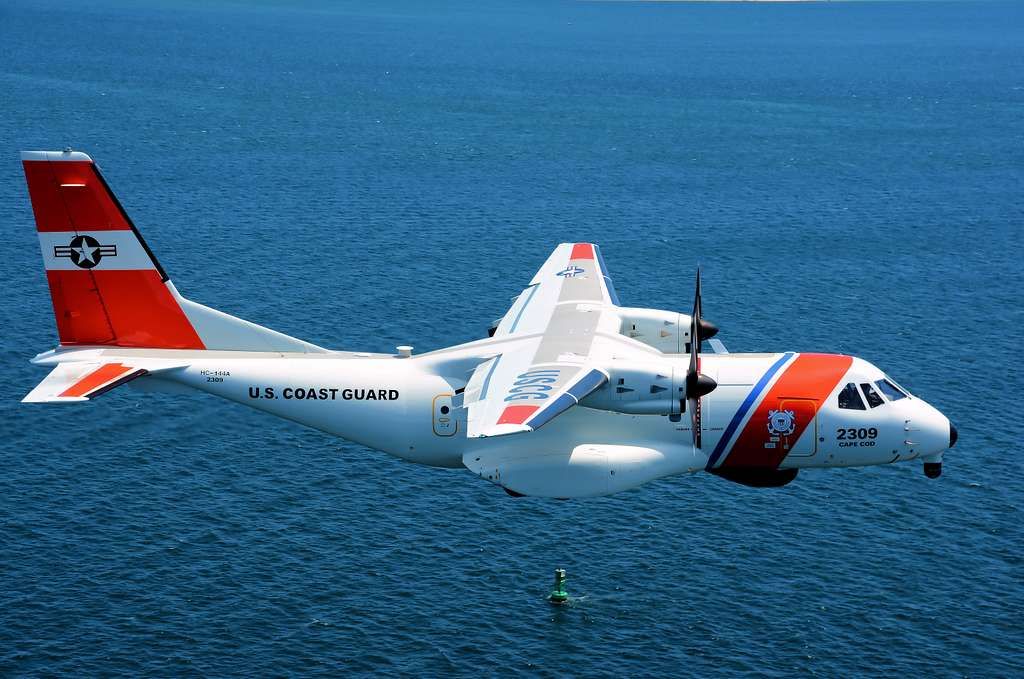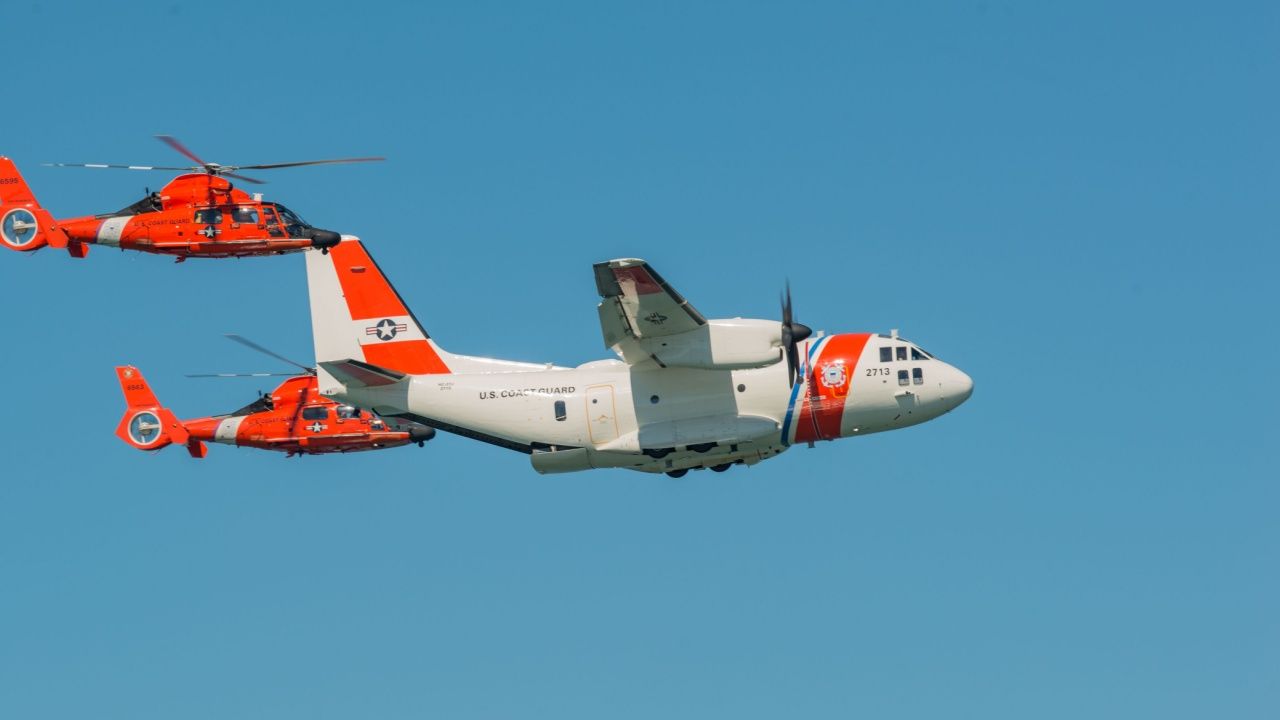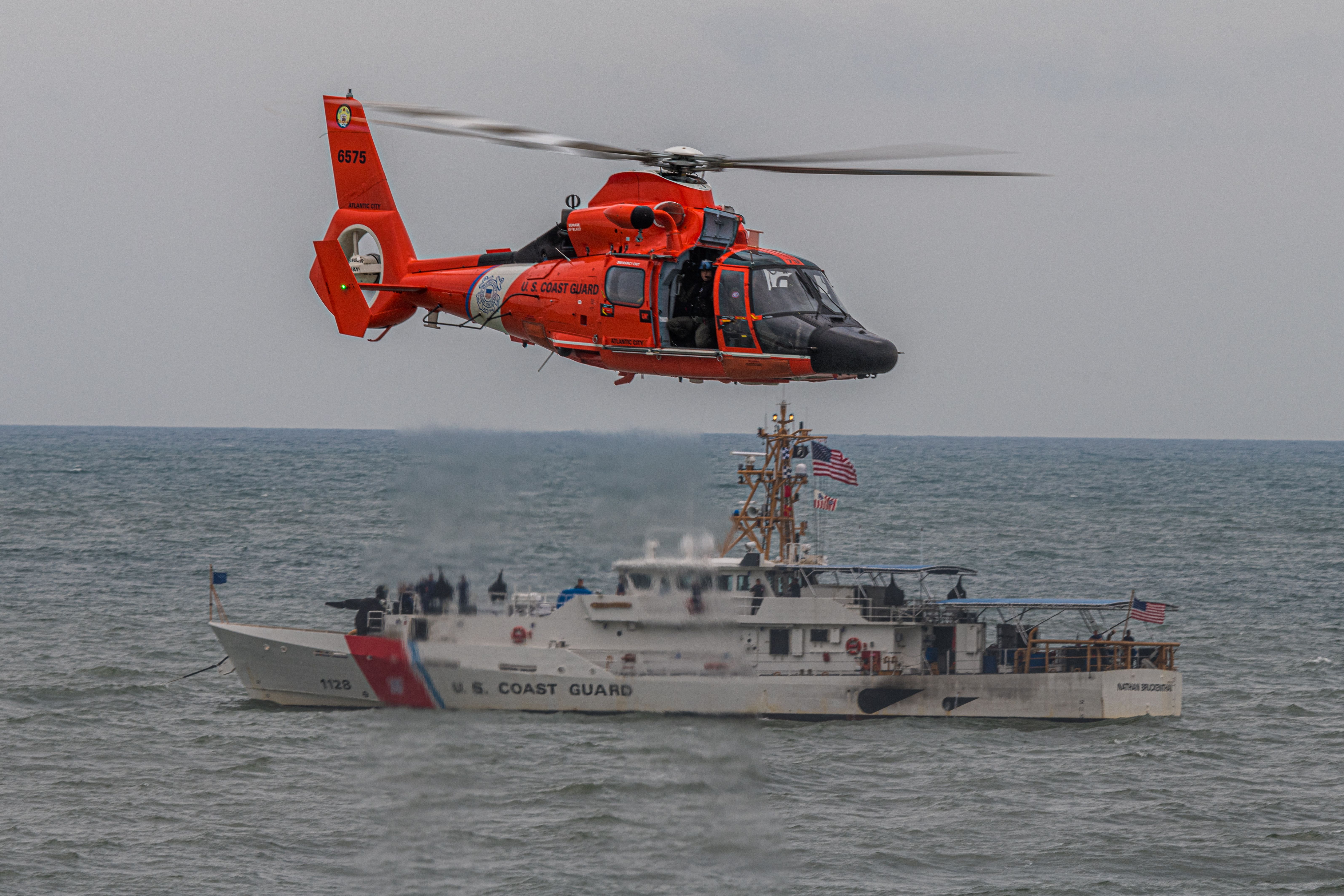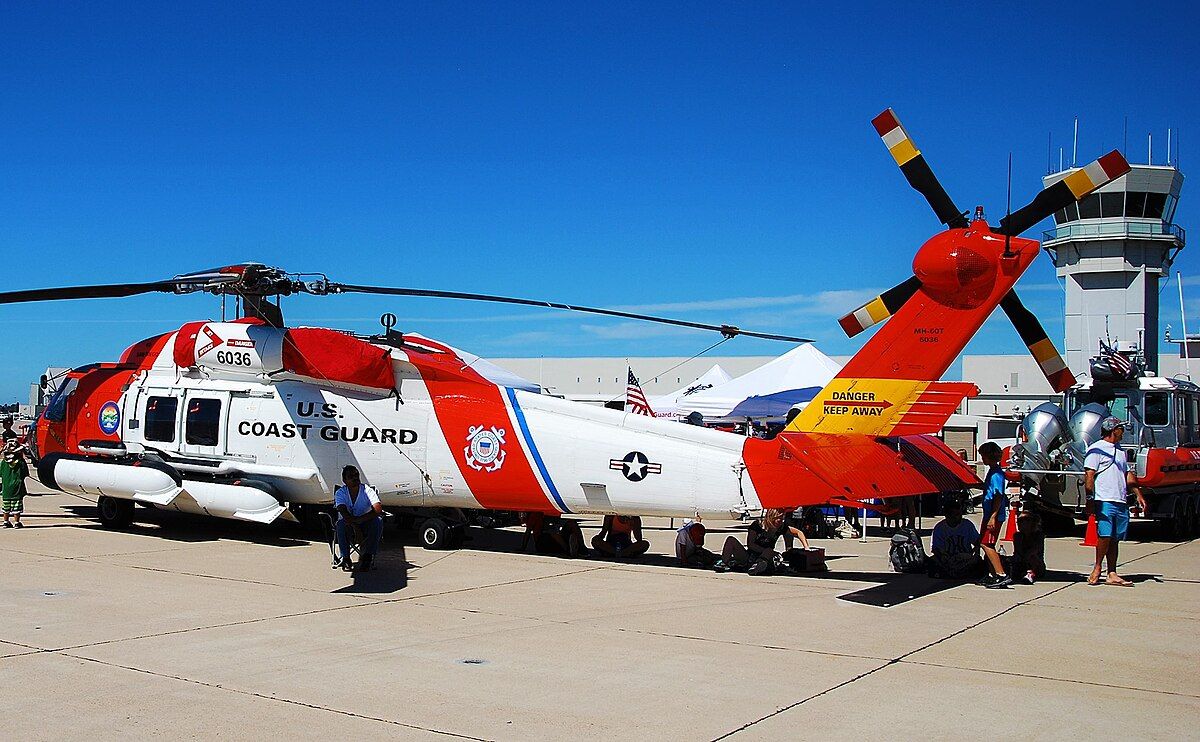Summary
- The HC-130J Super Hercules is replacing legacy Hercules for long-range maritime patrol and surveillance.
- The HC-144 Ocean Sentry is essential for medium-range surveillance and search and rescue missions.
- The H-65 Dolphin is key for short-range search and rescue and law enforcement, with upgrades underway.
Taken by itself, the US Coast Guard’s aviation arm would qualify as a notable air force. The service has a total inventory of around 200 helicopters and aircraft (e.g., it is four times larger than the Royal New Zealand Air Force). The US Coast Guard has one of the world’s largest navies. The US Coast Guard operates a wide range of aircraft to fulfill a number of missions – of which search and rescue is one of the most important. The Coast Guard has participated in almost every American war (ever since the 1790 Quasi-War with France) and has an authorized strength of 44,500 active duty personnel.
1
HC-130J Super Hercules
The Coast Guard’s legacy Hercules is being replaced by the much more capable Super Hercules, which provides long-range maritime patrol capabilities.
|
Fleet: |
22 (planned) |
|---|---|
|
Role: |
Search & rescue, patrol, transport |
|
Range: |
5,000 miles |
The HC-130J (Super Hercules) is one of the Coast Guard’s newest and largest aircraft. It provides long-range surveillance and heavy air transport capabilities along with long-range maritime patrol. The Coast Guard states, “Each aircraft is capable of serving as an on-scene command and control platform or as a surveillance platform with the means to detect, classify, and identify objects and share that information with operational forces.”
Photo: Lockheed Martin
The HC-130J Super Hercules is being procured to replace the service’s fleet of aging legacy HC-130H Hercules. They are a special long-range search-and-rescue variant of the classic Hercules flown by many US service branches and US allies around the world. It seems every air force allied with the United States needs to operate a Hercules.
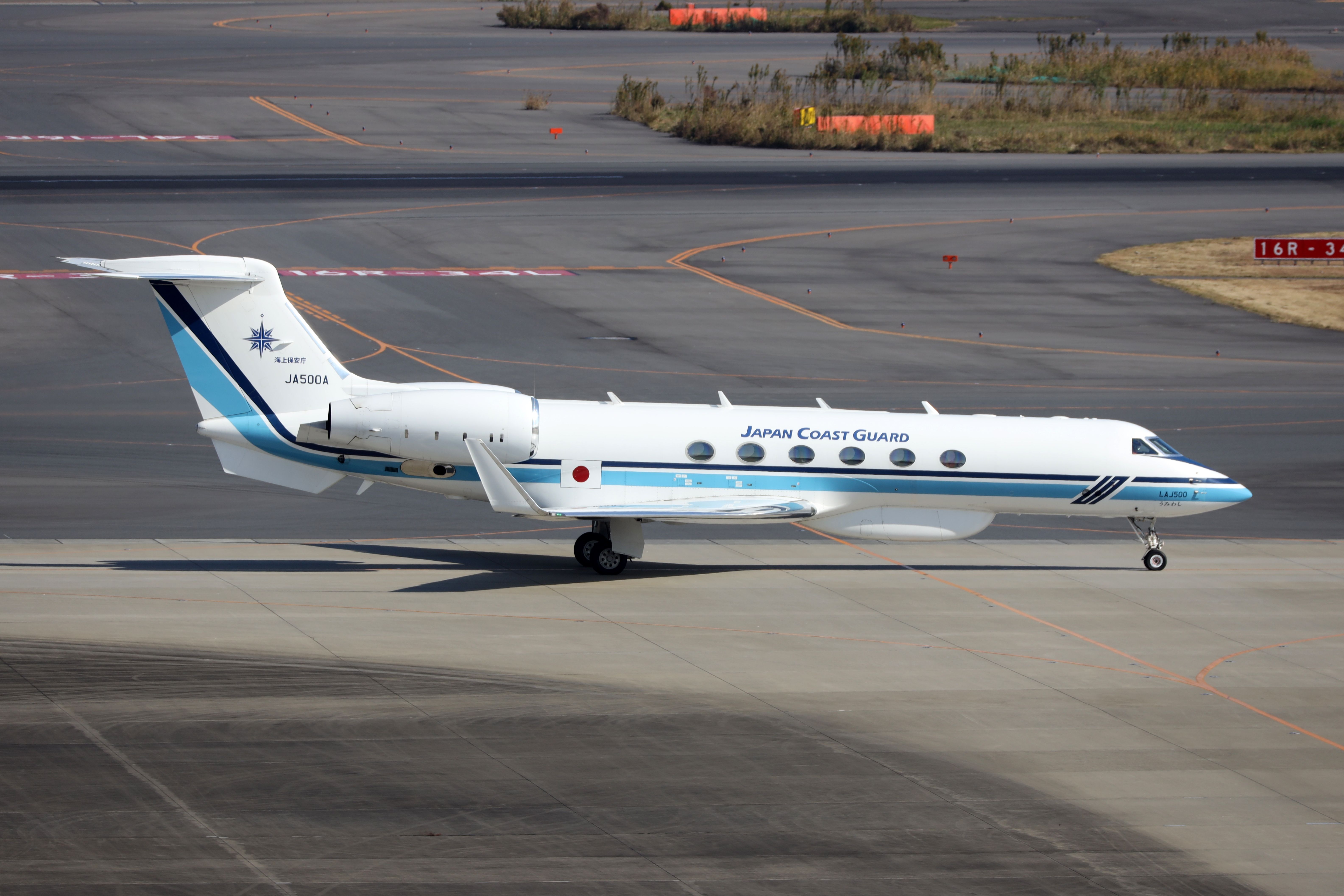
Related
A Look At The Aircraft Fleet Of The Japan Coast Guard
The self-defense force maintains a large patrol and transport fleet.
2
HC-144 Ocean Sentry
The Ocean Sentry performs many missions for the Coast Guard and is a core part of its medium-range surveillance capabilities.
|
Fleet |
18 |
|---|---|
|
Role: |
Search and rescue, disaster response, maritime patrol, and drug and migrant interdiction |
|
Range: |
2,415 miles |
The Ocean Sentry (along with the HC-27J Spartan) fulfills a broad range of missions, including search and rescue. These are outfitted with Minotaur mission system workstations (an integrated suite of electronic equipment). Minotaurs enable the Coast Guard to compile data from the aircraft’s sensors and transmit and receive data from other assets.
The Ocean Sentry also has an automatic vessel identification system, direction-finding equipment, an electro-optical/infrared system, and a multi-mode search radar that enhances the aircraft’s situational awareness and responsiveness.
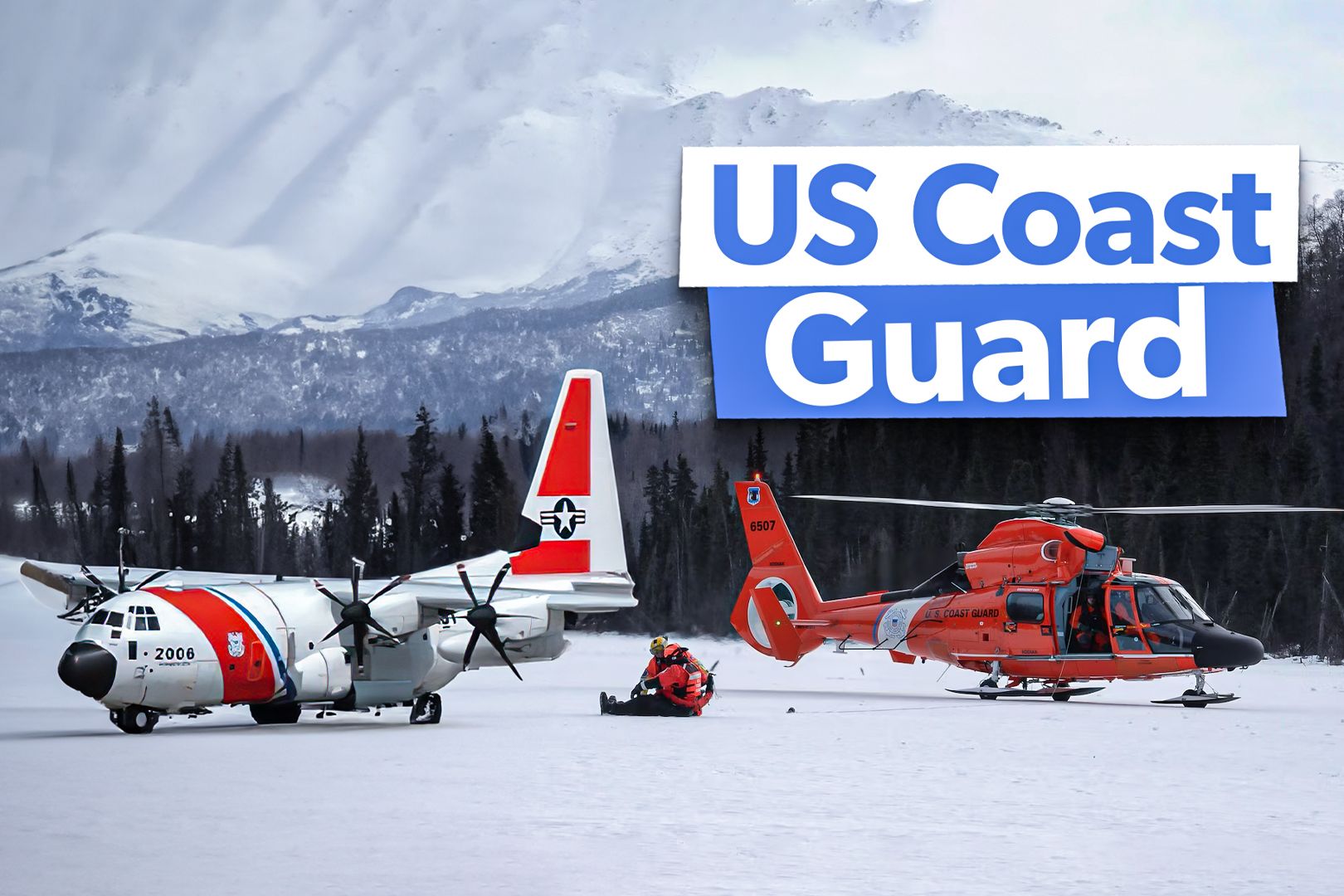
Related
What Aircraft Does The US Coast Guard Operate?
The US Coast Guard operates a small air force of around 200 fixed-wing and rotary-wing aircraft.
3
HC-27J Spartan
The Spartan was originally developed in Italy and is used for a wide range of Coast Guard missions.
|
Fleet: |
14 (planned) |
|---|---|
|
Role: |
search and rescue, disaster response, maritime patrol, and drug and migrant interdiction |
|
Range: |
3,080 miles |
The Coast Guard’s newly acquired HC-27J Spartan is the other medium-range surveillance aircraft. The service hopes to fulfill its missions in search and rescue, disaster response, maritime patrol, and drug and migrant interdiction. The Coast Guard is in the process of acquiring and putting 14 Spartans into service. These were transferred from the US Air Force under the National Defense Authorization Act, Fiscal Year 2014.
Photo: Photo_Time l Shutterstock
The Spartans were originally equipped with weather radar and communications equipment useful for the Coast Guard. However, modifications increased their capabilities by adding radar and electro-optical/infrared sensors. The Spartan is a derivative of the Italian Alenia C-27J Spartan military transport aircraft (it is smaller than the American Hercules). Other variants have been developed for maritime patrol, ISR, fire support/ground-attack, and electronic warfare mission roles.
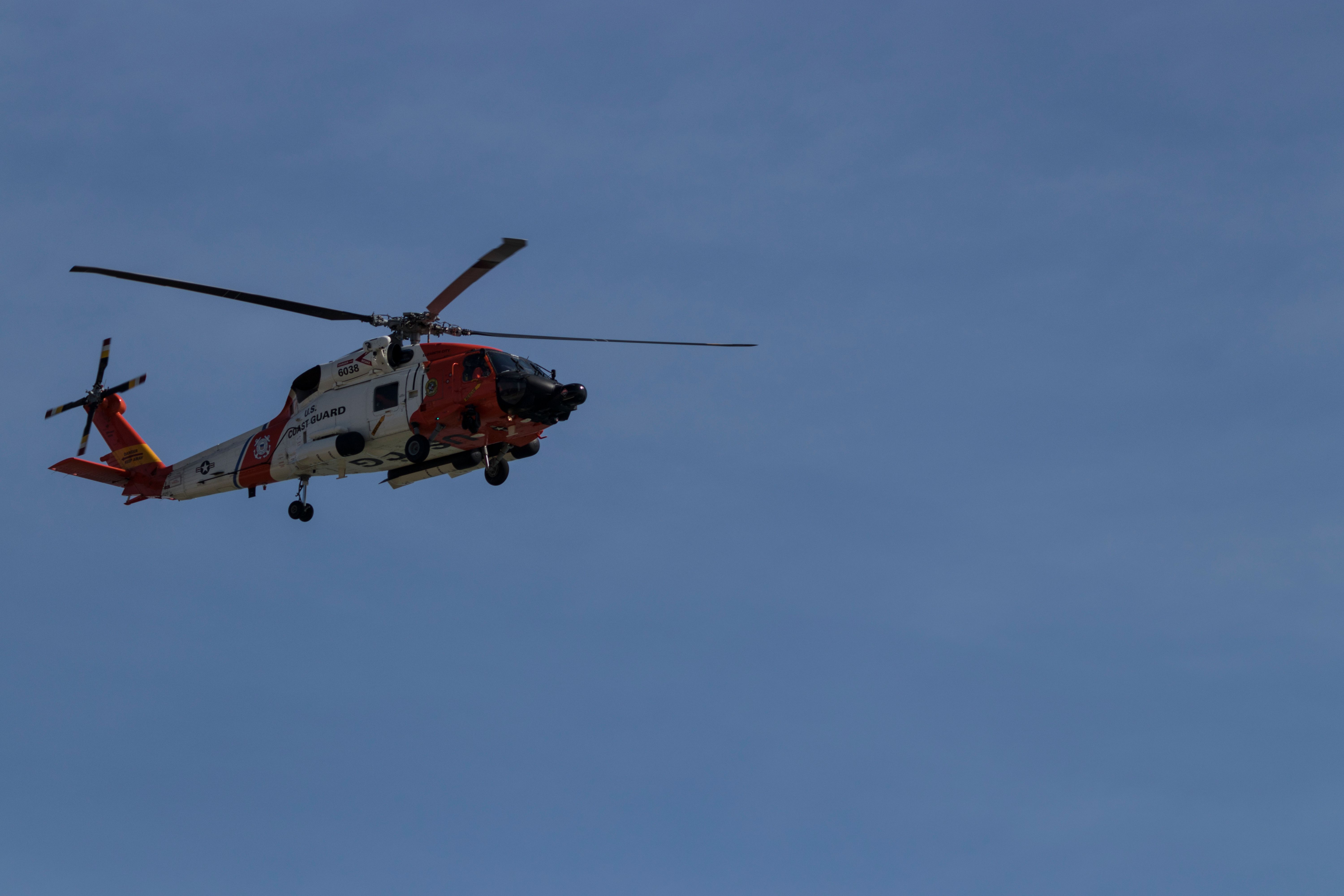
Related
US Coast Guard Pilots Are Latest To Face Laser Problem In Boston
The incident happened hours after lasers illuminated two other flights.
4
H-65 Dolphin
With over 100 Dolphins in service, these are the most common rotary-wing aircraft in Coast Guard service.
|
Fleet: |
102 |
|---|---|
|
Role: |
search and rescue, law enforcement, and homeland security |
|
Range: |
400 miles |
The short-range recovery H-65 Dolphin is a mainstay of the Coast Guard’s helicopter fleet and has been in the service’s inventory since 1984. They are used for search and rescue, law enforcement, and homeland security missions. They are certified for all-weather and night-time operations (although not icy conditions). They are also routinely deployed on the Coast Guard’s cutters, providing airborne surveillance and interdiction.
Photo: Gmeland | Shutterstock
The Coast Guard is incrementally upgrading the Dolphins with new engines, avionics, and other capabilities that will extend their mission capabilities and improve their maintainability and reliability. The new engines have added 40% more power to the helicopters. The Coast Guard’s Service Life Extension Project will extend the helicopter’s life by 10,000 flight hours.

Related
US Coast Guard Pilots Are Latest To Face Laser Problem In Boston
The incident happened hours after lasers illuminated two other flights.
5
MH-60T Jayhawk
The Coast Guard plans to consolidate its helicopter fleet to the Jayhawk until the Future Vertical Lift platform enters service.
|
Fleet: |
44 |
|---|---|
|
Role: |
search and rescue, law enforcement, training, transportation |
|
Range: |
805 miles |
The Sikorsky MH-60T Jayhawk is a twin-engine, medium-range helicopter the Coast Guard uses for search and rescue, law enforcement, training, transportation, and more. The Coast Guard states the Jayhawk “supports all statutorily mandated Coast Guard missions with specific emphasis on operations requiring rapid response and extended on-scene rotary wing aviation presence.”
The Coast Guard is also extending the service life of its existing MH-60T Jayhawk fleet. The Coast Guard also plans to consolidate its rotary-wing fleet to the MH-60T airframe because it “is necessary to mitigate sustainability challenges with the MH-65 short-range recovery helicopter and maintain the service’s rotary wing capability.” Eventually, these will be replaced by the Future Vertical Lift program, which is currently under development by the Department of Defense.
